A free software is a piece of computer code that can be used while not restriction by the first users or by someone else. This can be created by copying this software or altering it, and sharing it in various methods.
The software liberty movement was started in the 1980s simply by Richard Stallman, who was www.nutnnews.info/ concerned that proprietary (nonfree) software constituted a form of oppression for its users and a violation of their moral legal rights. He formulated a set of 4 freedoms meant for software for being considered free:
1 . The freedom to modify the software.
It is a most basic for the freedoms, and it is the one that the free plan useful to people. It is also the liberty that allows a group of users to share their modified release with each other as well as the community in particular.
2 . The liberty to study this software and know the way it works, so that they can make becomes it to adjust to their own usages.
This freedom is the one that a lot of people imagine when they hear the word “free”. It is the independence to tinker with the software, so that it truly does what you want that to do or stop undertaking a thing you would not like.
3 or more. The freedom to distribute clones of your changed versions to others, so that the community at large can usually benefit from your advancements.
This flexibility is the most important from the freedoms, in fact it is the freedom that makes a free course useful to it is original users and to anyone else. It is the freedom that allows several users (or person companies) to produce true value added versions from the software, which will serve the needs of a specific subset on the community.
